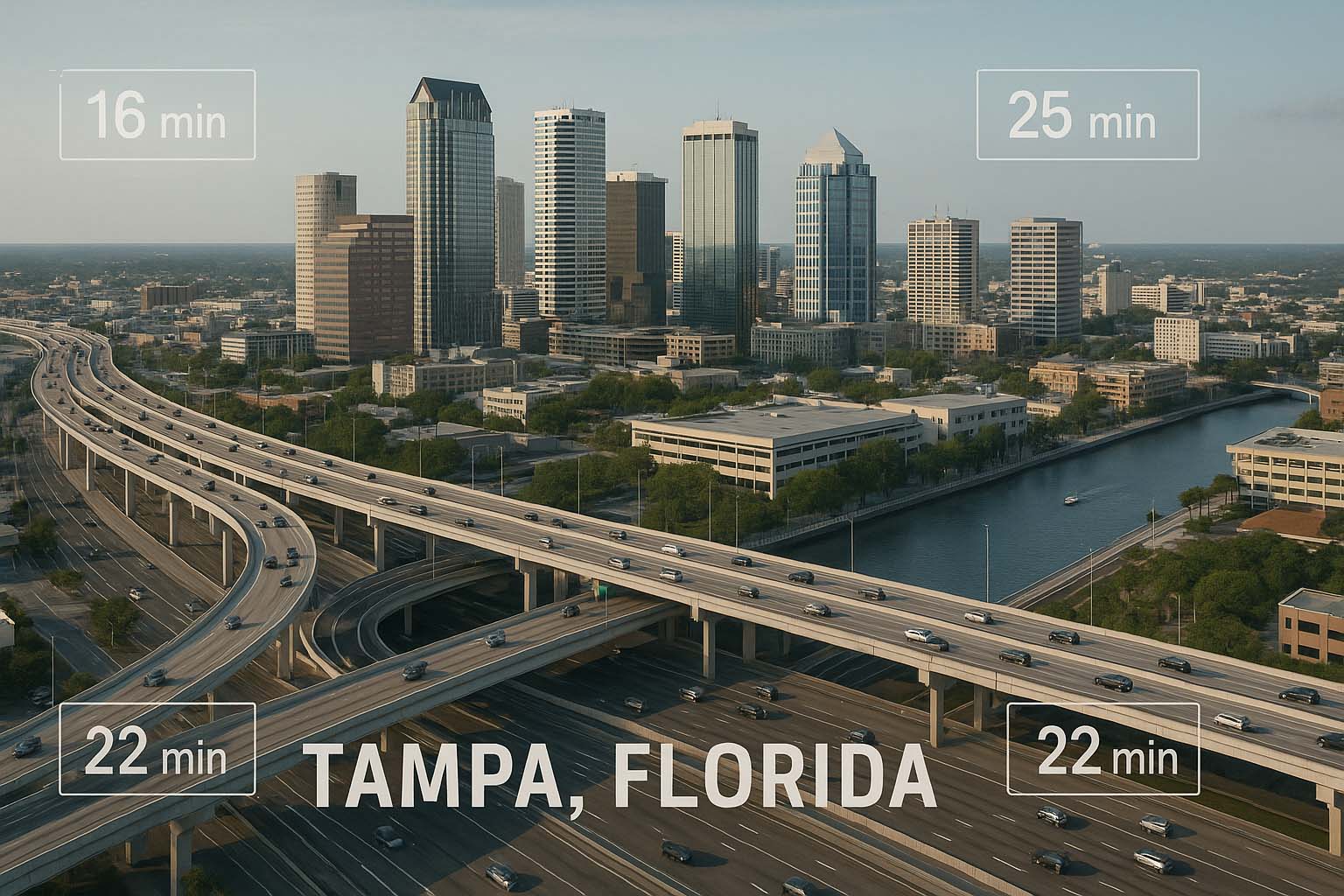Why Population Change in Racine, Wisconsin Matters
Changes in a city’s population are more than just numbers—they reflect shifts in livelihood, growth, and long-term sustainability. In Racine, Wisconsin, monitoring these changes helps business owners, local leaders, and even families make smarter decisions. Whether someone is planning a storefront, designing social content, or managing a service, understanding who lives in the area makes a real difference.
Population patterns offer insight into economic health, service demands, and community priorities. In fact, these trends shape what the city needs now and how it might evolve over the next decade.
• Highlights Racine’s population from 2000 to 2023
• Examines key reasons for population shifts
• Reviews local effects on housing, retail, and education
• Draws lessons from similar cities globally
• Outlines realistic approaches to help Racine grow again
A Look at Racine’s Numbers
In the year 2000, Racine recorded 82,198 residents. That number dipped to 78,559 by 2010, reflecting a 4.4% drop in a decade. Moving forward, the 2020 figure dropped slightly again to 77,841. As of July 2023, estimates placed the population at 76,602.
This represents a total decrease of 6.7% over 23 years. While that rate may seem slow, it consistently trends downward—something local stakeholders can’t ignore.
However, not every year followed the same path. Between 2019 and 2020, Racine saw a 1.28% increase in population. That brief rise could be linked to the pandemic, as many people moved away from major cities in search of quieter, more affordable areas.
Understanding the Decline
Various factors contribute to Racine’s declining numbers. One of the leading causes is the shift in the local economy. Historically, Racine depended heavily on manufacturing jobs. As industries relocated or automated processes, many employment opportunities disappeared. In turn, residents began to explore other cities that offered better prospects.
Alongside this economic trend, age demographics also played a role. A large portion of the population is over 65, and while many seniors choose to stay, younger adults often leave to pursue education or career goals elsewhere. This imbalance causes long-term population shrinkage.
Other small changes also tell part of the story. For example, a downtown café recently reported fewer new faces during morning hours. This might sound minor, but fewer walk-ins indicate lower turnover in residents and possibly fewer newcomers overall.
While Racine does have a multicultural aspect, with 4.3% of its residents born outside the United States, this alone hasn’t reversed the city’s overall decline. The contributions of immigrant communities are meaningful but not yet enough to counteract the larger losses.
Common Reasons for Population Shifts
Fewer job options in traditional industries
Rising numbers of retirees and older adults staying put
Limited incentives for young families to settle long-term
Continued migration of younger residents to larger cities
Local Effects in Daily Life
Population changes don’t stay confined to spreadsheets—they show up in the way people shop, live, and learn. Small businesses are often the first to feel the effects. Lower foot traffic during weekdays leads to reduced income, prompting shop owners to modify business hours or adjust pricing strategies.
The real estate market also responds to these shifts. With fewer new residents moving in, construction slows, and landlords may reduce rent to maintain occupancy. In some cases, apartment complexes and rental homes remain vacant longer than before.
Meanwhile, local schools are also impacted. Fewer students mean reduced budgets and the possible closure or merging of facilities. This affects not just educators but also support staff, transportation services, and extracurricular programs.
Areas Impacted by Fewer Residents
Small businesses see reduced foot traffic and revenue
Rental housing becomes more competitive, lowering rates
Schools face cuts in funding and staff due to lower enrollment
Similar Trends Around the World
Racine’s situation isn’t unique. In England’s Midlands region, several towns experienced population loss after key industries slowed. Businesses and councils worked together to introduce new training programs and promote entrepreneurship.
Elsewhere, in Eastern Poland, smaller cities faced population dips when manufacturing plants moved abroad. High operating costs and overseas competition pushed factories to cheaper markets, and the towns they left behind had to reorganize quickly.
Even in Japan, smaller rural communities have battled falling numbers for years. With fewer births and limited job opportunities, young adults leave, leaving behind aging populations. In response, some towns offered financial benefits to families and remote workers to relocate there.
These examples offer perspective. While every city is different, understanding how others have responded gives Racine options to consider as it navigates the future.
Ideas That Could Guide Racine’s Growth
Although the numbers currently point downward, Racine isn’t without options. One potential route forward is to welcome remote workers. More people than ever work from home, and many of them are looking to relocate to smaller cities with a lower cost of living and better quality of life. Racine can meet that need by improving digital infrastructure and offering flexible working spaces.
Another key strategy is revitalizing the downtown area. Clean, green, and lively public spaces encourage people to stay and engage locally. Hosting regular events, supporting farmers’ markets, and offering grants to local creatives could make the heart of Racine more attractive to newcomers.
Additionally, tourism presents an untapped opportunity. Racine’s access to Lake Michigan gives it a scenic advantage. Promoting seasonal activities, lakefront events, and local history could attract visitors and boost the economy—even if temporarily.
Finally, sustainable development can help future-proof Racine’s economy. Cities in Northern Europe have used green energy projects to create jobs and appeal to environmentally conscious residents. By investing in similar efforts, Racine could draw talent while building a more resilient local economy.
Practical Moves to Encourage Growth
- Upgrade digital services to support professionals working from home
- Make downtown areas more walkable, attractive, and active
- Build seasonal tourism campaigns tied to local attractions
- Invest in renewable energy projects that generate jobs and pride
A Stronger Understanding for Smarter Action
Monitoring how Racine’s population is changing gives residents and decision-makers valuable insight. These trends influence everything from which businesses succeed to how schools are funded. Understanding them allows for better choices today that support stronger outcomes tomorrow.
Accurate population data helps plan for the future—but acting on that data is what really brings about change. Whether the city focuses on young families, small businesses, or long-term infrastructure, having a clear picture of population shifts makes success more likely.
While the overall trend has been decline, that doesn’t mean the story is over. With fresh ideas and community involvement, Racine has a real chance to build a future where more people choose to stay—and others decide to move in.



